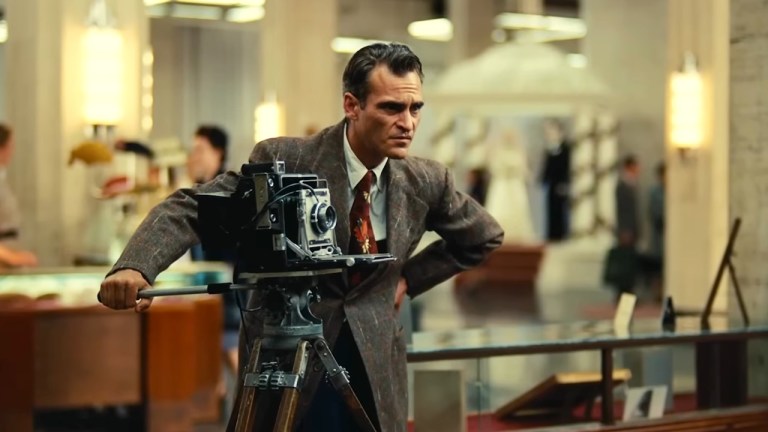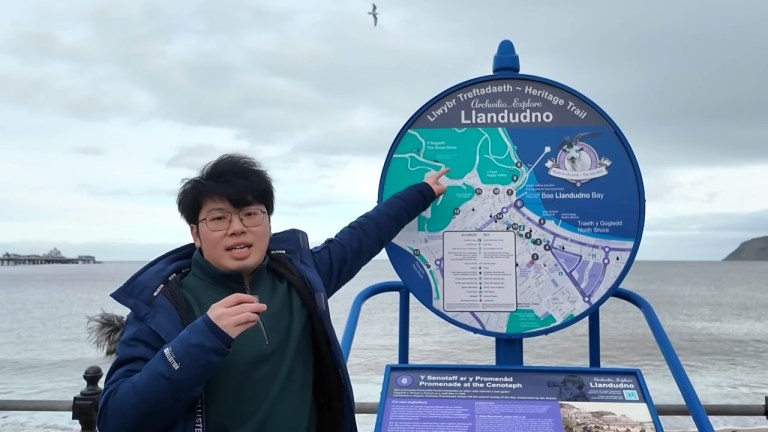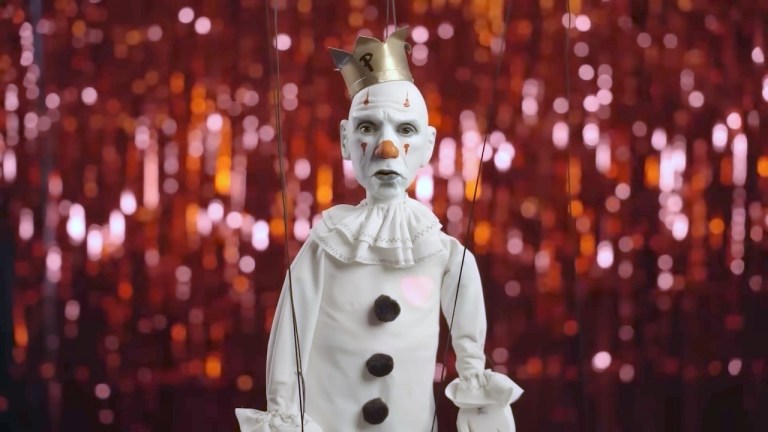How the Use of Slow Motion Helps to Convey the Director’s Intent Within a Scene
In his latest video essay, director Julian Palmer of The Discarded Image takes a look at the manner in which slow motion is employed in films in order to pinpoint details, express emotion, convey mood, call out particular action and create suspense, each depending on the director’s intent.
The world moves at a rapid pace. Our lives slip through our fingers. We have no control of time. Except of course if you’re a filmmaker. Slow motion has become such a commonplace technique in modern film. It’s just a major part of the language, and filmmakers intuitively manipulate the speed of the image. It’s used heavily in action cinema. From Sam Peckinpah to John Woo and on. Often in action scenes it’s there to aestheticize the violence. To make it more operatic or balletic. In fantasy or sci-fi it can show a character’s superhuman powers. Their ability to manipulate time. Or it can even be used literally, to show the different layers of time. And it can help us focus in on details that will not be registered at normal speed by the naked eye.






